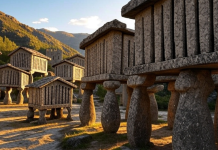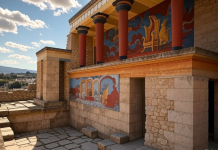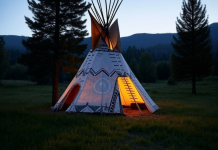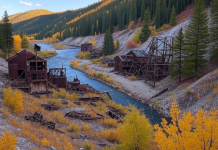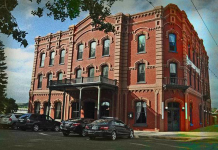Zealandia: the submerged continent: A submerged continent is a continent or a large landmass that is predominantly under water. There are two known submerged continents, the Kerguelen Plateau and Zealandia. In theory, rising levels of the sea are thought to have caused the sinking of the submerged lands. Though sea level rise might be somewhat of a contributing factor to the flooding of Zealandia, one cannot rule out another contributing factor — Plate Tectonics.
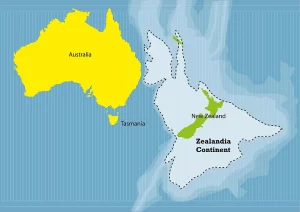 Once part of the same land mass as Antarctica and Australia, the lost continent of Zealandia broke off millions of so-called years ago and eventually sank below the ocean, where it stayed largely hidden for centuries.
Once part of the same land mass as Antarctica and Australia, the lost continent of Zealandia broke off millions of so-called years ago and eventually sank below the ocean, where it stayed largely hidden for centuries.
According to geologists, Zealandia was a shifting land mass, about half the size of Australia, and was home to dinosaurs and lush rain-forests.
During a period of dramatic geological change, the Pacific Plate – the world’s largest tectonic plate – is believed to have sank below the continental crust of Zealandia. A process, called subduction, caused the root of the Australian continent to break off and sink as well, according to the National Science Foundation, a US government research agency.
Bruce Luyendyk came up with the theory and the name of Zealandia in 1995. The landmass is thought to have once been completely submerged about 23 million years ago, but today around 93% of the land surface is below sea level. Zealandia has an area of about 1,900,000 square miles and is thought to be the biggest existing micro-continent.
In 2017 scientists argued that Zealandia has the characteristics of a continent and should be considered as such rather than a micro-continent. The total land area of Zealandia above water is 110,678 square miles, New Zealand and several neighboring islands make up 93% of the land area with an area of 103,471 square miles.
New Caledonia and its surrounding islands make up 7% of the continent’s land area at 7,172 square miles; the remainder of the area is made up of Elizabeth and Middleton reefs, Norfolk Island, and Lord Howe Island. The Zealandia population is estimated at five million.
The planet is a pretty active place. No one area is static and as a result of Plate Tectonics no one continent will maintain it’s shape or altitude above sea level for very long.
Zealandia is just one example of the many that shows proof of our ever evolving geography.
Other examples of some of the lands thought to have existed before getting submerged and lost include Sundaland, Dvaraka, Beringia, Maui Nui, Doggerland, Part of Malta, Strand, New Moore Island, Jordsand, Verdronken Land van Reimerswaal, Sarah Ann Island, Dunwich, Ferdinandea, and Ravenser Odd.
Explore the Geological Map of New Zealand

